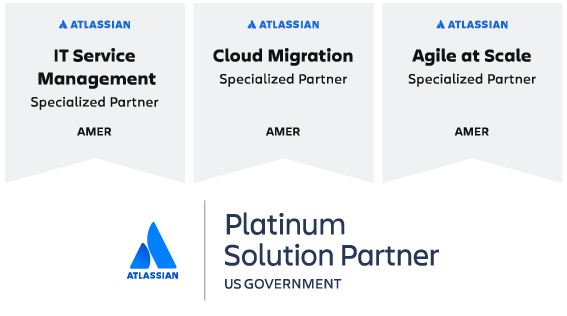
The decision to implement new ITSM technology is a big one, and it’s important to get it right. You want a platform that will meet your business needs today, and that will serve as a foundation that you can build on as your company evolves. But what should you look for in your new tools? Ideally, they should be part of a platform that can power other IT activities, like development, and operations. That way, teams can collaborate without having to build and maintain integrations. The platform should be scalable and extensible, and have functionality that can be used to power service operations throughout the organization. Last, but by no means least, it should be relatively easy to implement, with minimal disruption to business as usual.
1. A Single, Integrated Platform for ITSM and DevOps
Companies may rely on anywhere from dozens to hundreds of business systems to run critical operations, depending on their size. From a strategic standpoint, it makes sense to consolidate these, so that teams are all working in a consistent manner, and so that ITSM teams don't have to develop, maintain, and support integrations between them.
Also, when an issue arises, the IT service desk is often the first to hear about it—it’s where important information about the issue comes in. If they’re working in the same platform that the DevOps team is using, the end-to-end visibility means everyone can more easily collaborate to resolve that issue. Once the issue is resolved, all the documentation related to it exists within the same platform that the DevOps team works in regularly, and then becomes part of the critical DevOps feedback loop. It can then be used to support post-mortem evaluation of the issue, making it less likely to reoccur.
2. Scalability and Extensibility
Organizations evaluating new ITSM technology should look for a system that is both scalable and extensible so that is supports changing needs as the company grows. It should be straightforward to add and manage users and user groups, as well as to extend service desk functionality and customize it to support other functional areas within the organization that offer services. Companies should also look for solutions with low- to no-code automation capabilities, and a healthy, robust application marketplace that can continue to adapt the system to meet their needs, without the labor-intensive burden of building and maintaining integrations between applications that were not originally intended to work together.
3. The Ability to Measure Impact
As organizational culture shifts and the value of ITSM teams and the IT service desk become more visible, better appreciated and understood as both a strategic and financial asset, the need to measure and report on both quantitative and qualitative metrics also increases. Quantitative metrics relate to the total cost of ownership of the technology and the people who work with it, while qualitative metrics relate to customer satisfaction (CSAT).
In terms of total cost of ownership metrics, many IT service desks are already measuring ticket volume—the number of tickets received and closed—and some are measuring length of time to close. These metrics are well worth continuing, or are a good place to start, if they are not already being tracked. If you implement a new ITSM solution that has a knowledge base associated with it, allowing people to find answers to common questions, you might see a decrease in the number of people opening tickets. You may also see the length of time to close a ticket decrease, as service desk team members embrace the new technology. Plus, when users are able to self-serve, the service desk team has more time to focus on more complex issues with fewer distractions, resulting in fewer escalations and faster resolutions.
Ultimately, the ability to self-serve, the desirability of doing so, the need to escalate, and the time to close tickets all impact CSAT, and the platform should support the ability to connect these quantitative and qualitative metrics. Further, since the platform itself should offer the flexibility to support other functional areas throughout the organization, so too should its CSAT functionality, with customizable surveys and other measurement practices.















